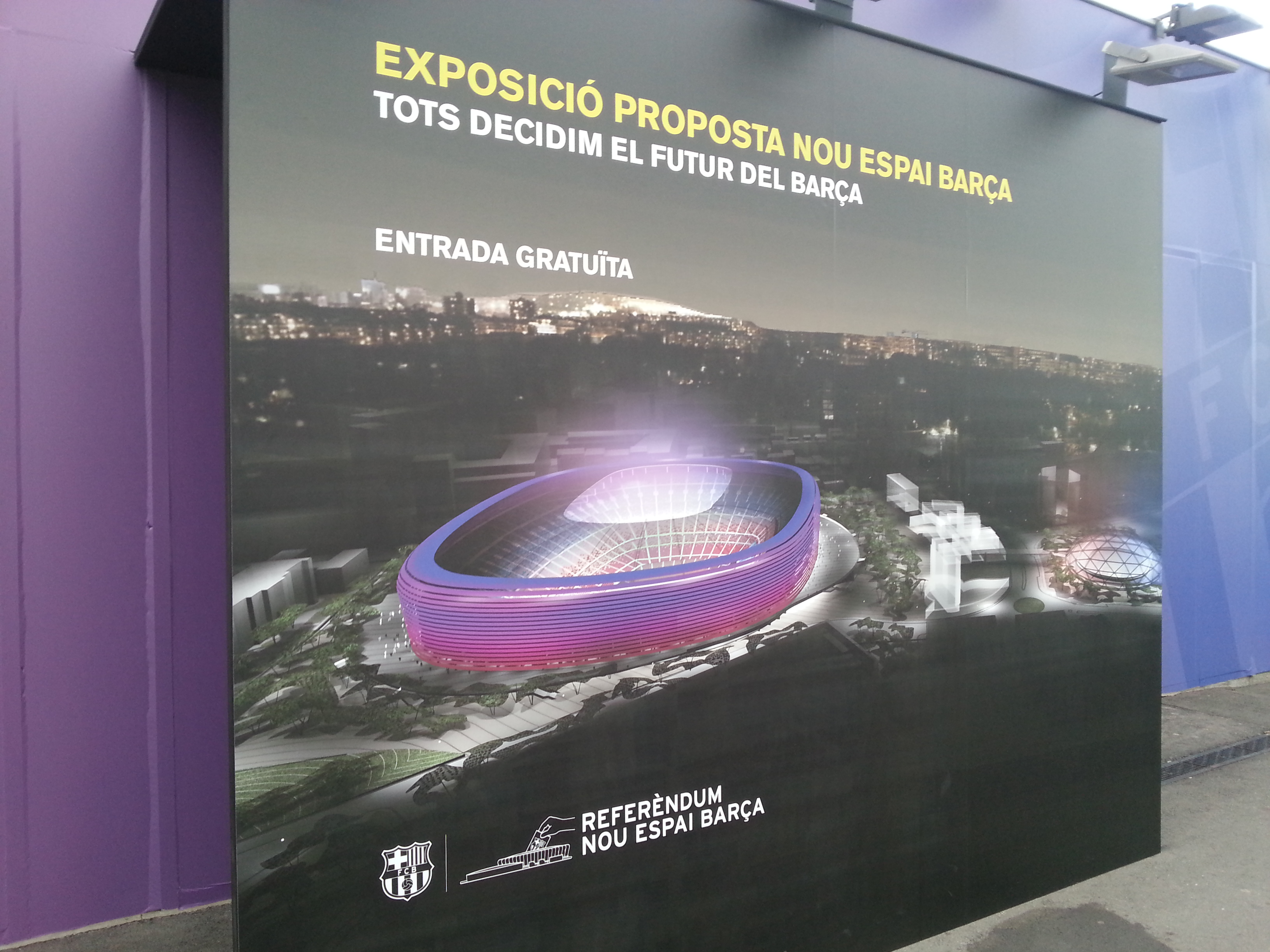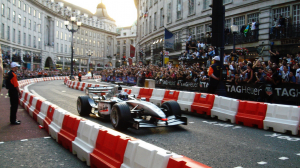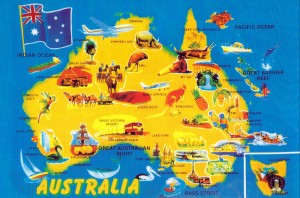
Next Saturday, April 5th 2014, will be quite the important day in the history of FC Barcelona. The recent successes of the football club (and futsal club and hand ball club and hockey club and basketball club) makes the entire institution look to the future.. It’s sporting domain with the famous Camp Nou football stadium is over fifty years old and needs an upgrade. The plans have been made, but the Blaugrana supporters get to decide. So it is important for the Barcelona chairmen to communicate very clearly about this. And they do.
The many teams within ‘FC Barcelona’ now play their games in four different venues. Camp Nou is of course the most famous one, but next to this great football stadium there is also the Mini Estadi (15 276 seats, for women’s football team and reserves squad), the Palau Blaugrana (indoor sports) and the Pista de Gel (ice rink). All of it needs upgrading and the plans have been made. They will not be going for a new stadium/venue but for a renovation of the entire site. On Saturday, the socio’s (the supporters) get to vote about this project that has been given the name “Nou Espai Barça”.
To inform everybody as well as possible, an exposition has been set up that shows the history and future of the venue with explanations in Catalan, Spanish and English. A new page about the ‘Nou Espai’ has been added to the website of the club and the entire venue is decorated with banners and flags asking people to vote. Also, folders have been handed out amongst supporters attending sports events and the led boarding and led walls in ‘Nou Camp’ have of course been used to convince people to come and cast their votes. Even more: over a thirty day period, the club has organized over forty informative sessions to answer questions of the supporters attending them.
When you enter the ‘Nou Espai Barça’ expo, you’re welcomed with pictures and texts on the history of Camp Nou. The next screen compares the current Camp Nou with the home grounds of other great football teams: Maracanã, Allianz Arena, the new stadiums of Real Madrid, Valencia, Lyon and more. All of this accompanied by a clear message: “Our competitors already have or are building a new stadium”. So Barcelona can’t risk to fall behind on its competitors even if they already have the largest stadium in Europe..
The next part of the exposition gets to the point of it all: models, pictures, videos and audio material of Messi’s future football temple. Camp Nou will be extended to a capacity of 105 000 seats, whereas a brand new Palau Blaugrana would be built, together with new office buildings, 5 000 extra parking spots and more of that. The cost of all this? Around 600 million euro. The plans are the result of many years of negotiation and the only thing left on the to do list is a bit of finetuning and the socio’s voting “yes” next Saturday.
A model of the entire site, one of Nou Camp’s grand stand that will be expanded, a video on how these changes will happen, pictures on a touch screen of the architectural plans. Add to all this three audio poles where you can listen to the opinions and further explanations of it all by some chairmen and you understand that everybody will be well informed. It also means that you leave the exhibition with a feeling of “our club needs this”. So voting “no” in the referendum will be difficult, although it just might happen, considering the cost of it all and the fact that this country has suffered a lot during the economic crisis.. We’ll find out shortly after April 5th!
This blog was written for and published (in Dutch) on Belgian sports news website Sportnext.be.






Average Rating